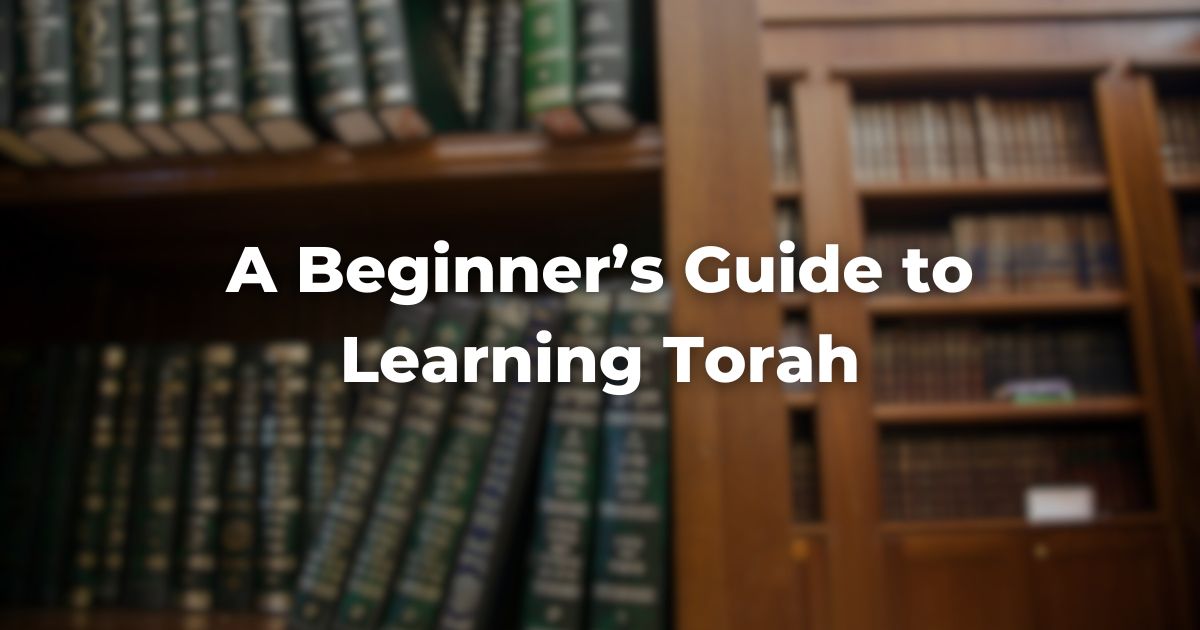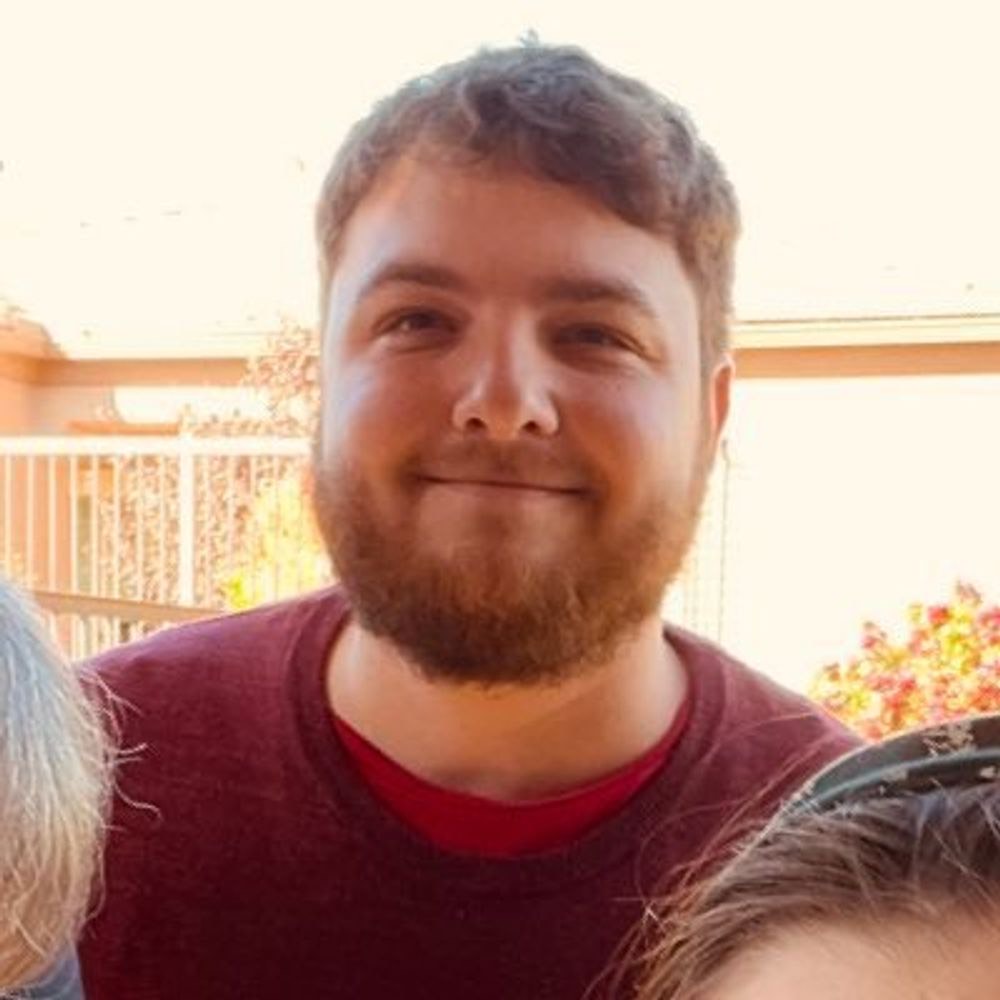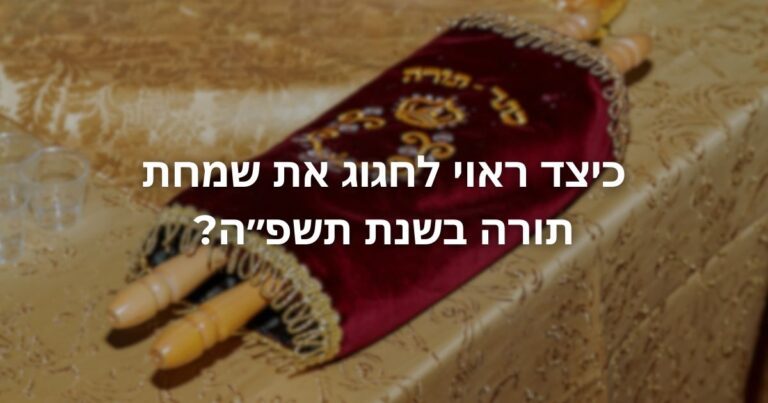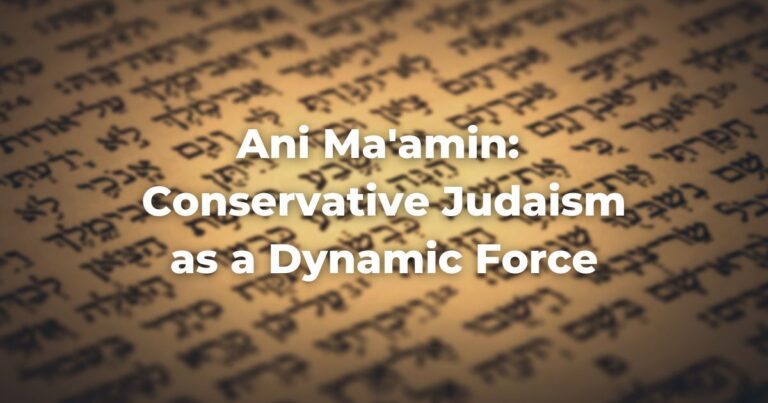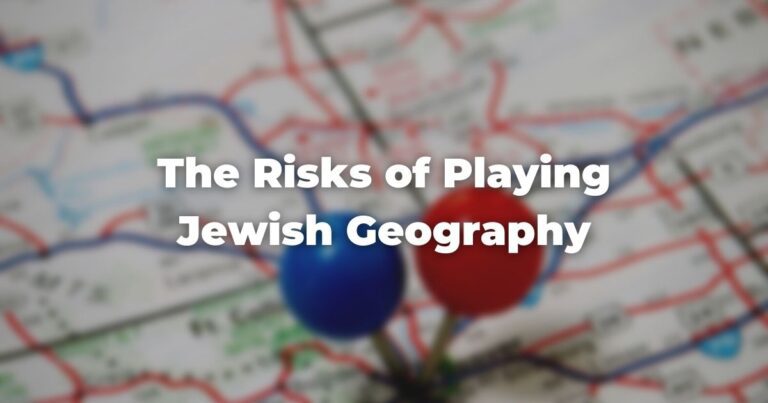The first time I can recall hearing about the TalmudReferring to one of two collections, the Jerusalem and Babylonian Talmuds, edited in the 6th century, that contains hundreds of years of commentary, discussion, and exploration of the ideas in the Mishnah. One could describe it as Mishnah + Gemara = Talmud Read more, it was in comparison to Bob Dylan’s poetry collection, Tarantula. “I memorized it the way rabbis memorize passages of the Talmud,” New Yorker Editor David Remnick said on a podcast.
I didn’t know exactly what the Talmud was, but I could sense it was something I was missing out on. As I learned slightly more, I began to imagine TorahRefers to the first five books of the Hebrew Bible, the Tanakh, also called the Five Books of Moses, Pentateuch or the Hebrew equivalent, Humash. This is also called the Written Torah. The term may also refer to teachings that expound on Jewish tradition. Read more study as this lofty thing, with its unfamiliar languages, unintuitive terminology, and overall surrounding mysteriousness.
I had this vague notion of a Torah scholar as the highest thing a Jew could aspire toward, but I didn’t think of being one, any more than I’d thought of, say, being the host of The Tonight Show.
Just Get Started
That changed when I realized, if I was going to embrace my Judaism, it would entail starting with the sources of Jewish wisdom.
Naturally, I felt a bit of impostor syndrome at first: When is one a Torah scholar? How can I even consider myself worthy of this endeavor that I, who never even went to Hebrew school, have the chutzpah to embark on?
I found one hint when I attended a class on the MishnahA collection of rabbinic teachings edited in Israel around 225 CE. Organized in six sedaraim by subject matter and dealing with both ritual and civil law. Both the Jerusalem and Babylonian Talmud are expansive discussions of the Mishnah. Read more (the “first layer” of the Talmud), I learned that Torah study is a mitzvah that has no “set measure” (Peah 1:1).
When you light Hanukkah candles, participate in a Passover seder, or count the Omer, you can know you’ve done the mitzvah for that year. But, with Torah study, no one is more “done” than anyone else. Someone who’s spent their whole life learning will still feel they’ve hardly made a dent in the totality of the Jewish tradition.
Even when making a siyum, (ceremonially celebrating the completion of a unit of study), we say we’ll “return to” the book or tractate we just “finished.”
While the endlessness of the ocean of Torah can be intimidating, I’ve learned to find it freeing. Everyone is equipped to jump right in.
But that’s not to say being an autodidact talmid chachim is without its dangers. We can click on a video of a YouTube rabbi and have no idea whether he — it’s almost always a he — has any idea what he’s talking about. We can become so enchanted by the majesty of the palace of Torah that we try to take on too much at once, like a kid putting on every single item in the dress-up box. We can become so overwhelmed by just how much there is to know that we can be tempted to simply give up.
I’ve experienced quite a bit of trial and error since I first became enamored of Jewish texts, so I want to share some tips for getting started while reducing the risk of getting lost or stuck.
“Find Yourself a Teacher, and Make Yourself a Friend” (Pirkei Avot 1:6)
We’re undoubtedly living in the best time ever for the accessibility of Torah texts. But this is also, in many ways, also a lonely one.
Yes, it’s easier than ever to read a book or watch an online class, but the abundance of information can be misleading. If we’re trying to process our learning all by ourselves, what we learn will likely stay on the surface. It won’t change us in the way it’s intended to.
We won’t have the experience of trying to clarify a concept for someone else, or of having the argument with a friend in a way that gets just a little too personal. We won’t have the memories of receiving the Torah with others, the way we received it all together standing at Mount Sinai.
It’s not that you must immediately develop a relationship with your local highly learned rabbi (though that’s perfectly advisable too). A teacher can be anyone who’s been on the journey of discovery a little longer than you. And a chavruta can be basically anybody at all.
We learn in the Mishnah, “Ben Zoma said: Who is wise? One who learns from everyone” (Pirkei Avot 4:1).
Consistency is Key
When we think about it, learning Torah is a highly irrational activity. Why should we spend our time and energy acquiring what’s often obscure and inane information that seems to be of no immediate value?
Perhaps one way of looking at it is that it’s like going to the gym. It’s hard to see the exact benefit of doing a particular set of a particular exercise, but we’ll experience the short-term accomplishment of pushing through, the medium-term benefits of being kept on a positive path, and the long-run transformation of being changed by the training.
Once we make Torah study a practice, we come to see that it is indeed the lofty pursuit that it’s made out to be in the movies. But, we realize, it’s accessible only when we make it part of our day-to-day lives. When we make the decision to live with Torah, we find, Torah starts to live with us.
Find Your Own Path
Just as no two people are exactly alike, no two people’s paths in Jewish learning will be identical.
The way you had favorite subjects in school, you’ll have favorite areas of Torah knowledge — be they the stories of the Torah, the creative interpretations of the midrashimThis word is used in two ways, as both a concept and a literature. As a concept, midrash is the expansive interpretation of biblical texts. The term is used to describe the practice of rabbinic interpretation. As a text, it refers to specific collections of interpretations, particularly from the third to ninth centuries in the Land of Israel and Babylonia. Plural: Midrashim
Read more, the law and lore of the Talmud, the poetics of the Kabbalists, the spiritual medicine of the Hasidic masters, or any of the other endless possibilities.
It’ll take a lifetime of exploration to find out exactly what your path is, but here are some potential places to start. (Some of these provide compilations of and contemporary commentaries on classic Jewish texts, some consist mainly of the interpretations of today’s rabbis, and some are the unfiltered ancient and medieval words.)
If you’re a lover of music: The Torah of Music by Joey Weisenberg
If you’re a seeker: Life Lessons from Recently Dead Rabbis by Rabbi Mark Asher Goodman
If you want to dive into the Talmud: Daf Reactions with Miriam Anzovin – Daf Reactions! Megillah 22
If you’re interested in details and questions of Jewish practice today: Responsa Radio with Rabbi Ethan Tucker and Rabbi Avi Killip – How to Name A Baby Girl
If you’re a skeptic of religion: The Dancer and the Dance by Rabbi Michael Wasserman
If you’re a self-starter: Learning Schedules on Sefaria
If you want to see inside yourself, others, and the universe: Einstein and the Rabbi by Rabbi Naomi Levy
Author
-

Cody Fitzpatrick is a freelance writer and editor based in Arizona. In addition to Exploring Judaism, he currently mainly works with 18Forty and Phoenix New Times. He is a member of The New Shul in Scottsdale, Arizona.
View all posts

